Steroids for Children’s Skin
Discussing the administration of steroids to minors just doesn’t sound right. The reason for this is that the term “steroid” has come to refer to a substance used by bodybuilders. It isn’t like that. Beyond just testosterone or male growth hormone, there are other types of steroids. Topical steroids are more often applied as creams to address a range of skin conditions in children.
In essence, they function as a catalyst to reduce the speed of any strong chemical reactions occurring on a child’s skin. The dermatological community advises using these topical steroids as the initial line of therapy for dermatitis in children under the age of ten. Topical steroids are commonly available over-the-counter at any medical store without a prescription and are frequently shown to be safe. To obtain the item, some of them could need a doctor’s prescription, though.
The action mechanism of topical steroids: Topical steroids can be taken by adults for skin-related issues, even though they are usually indicated for children’s skincare. They work instantly to reduce any rash and redness and reduce swelling caused by an allergic or chemical reaction to the skin. It can also be used to relieve itching in areas of the skin that have been exposed to unclean surroundings. As to the latest categorization of these medications, they are divided into 7 basic categories based on the strength of the steroid.
Types of topical steroids:
Since class 6 or class 7, steroids are the mildest topical steroids available and are most appropriate for a child’s sensitive skin, they are usually utilised to treat children’s skin disorders. More courses might be recommended for students of all ages. Whatever category these UK steroids are in, they all work under the same principle of quickly curing any infection and healing the skin. These steroids from the UK are excellent at achieving this. Even though these products are generally believed to be safe to use on children, one must only use the ones meant for children’s skin because there are several categories for them based on the patient’s age and the potency level of the product.
Application of topical steroids:
Topical steroids are used topically on the skin and come in a variety of forms, such as face oils, face washes, sprays, foams, gels, and ointments for the skin. Depending on your skin condition, pick one of these substitutes. Additionally, be sure the steroid is meant for oily, dry, or watery skin by reading the label. Taking into account that every one of these packaging options is designed to fit different skin types and surface areas. If your kid or you have any of these skin conditions, be sure to confirm the topical steroid’s potency. Select the product that is right for your skin type, apply it right away to the affected area, and keep an eye out for your eyes.
After being applied to the affected area, topical steroids may produce some discomfort and itching, which is essentially a sign that the ointment is combating bacteria. The burning or itchy sensation will go away in a few minutes, and you’ll ultimately begin to feel better. For maximum advantages, it is usually recommended to take it twice or three times a day; if you are already in an unclean environment, do not use it since the drug may get contaminated. Thus, wash, pat dry, and comfortably rinse your face before applying it to your skin.
Side effects: Whether topical steroids are used topically or for any other purpose, there are several unfavourable consequences to be mindful of. It is quite unlikely that using topical steroids would have any unfavourable consequences on you. But, it’s always better to be informed of the possible hazards before putting any topical steroid on your own or your children’s skin. Certain children could experience the following:
- Redness surrounding the treated area.
- Cutaneous atrophy, commonly referred to as a condition of weakened skin.
- Swelling of the face temporarily.
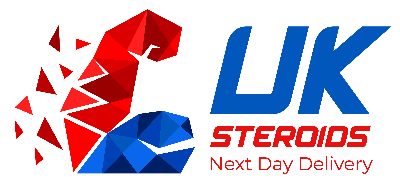
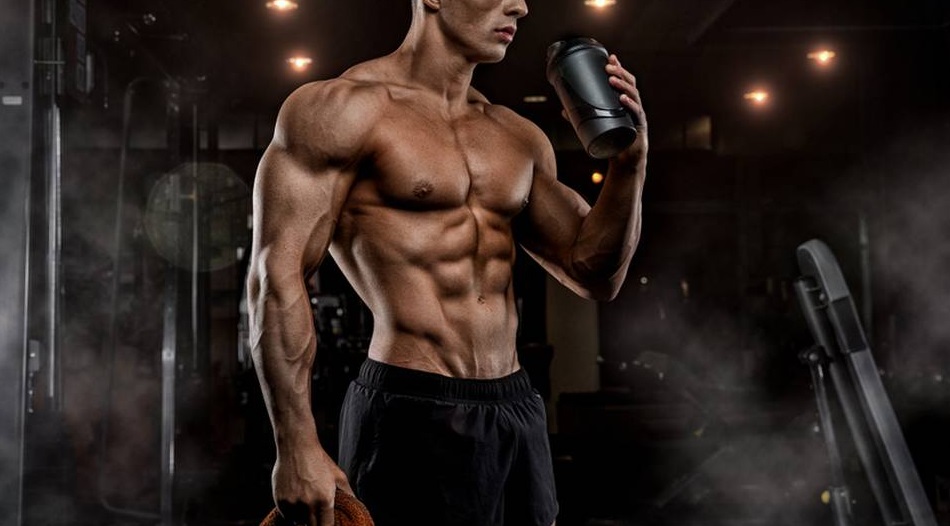
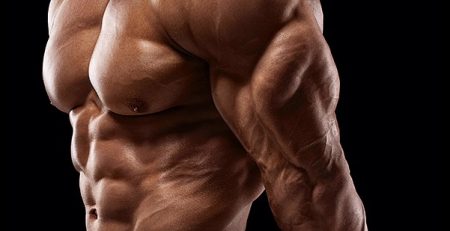

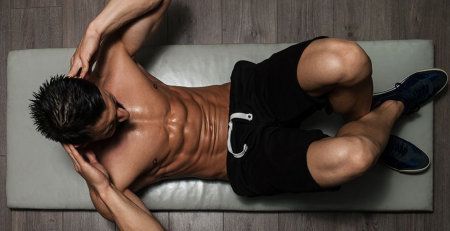






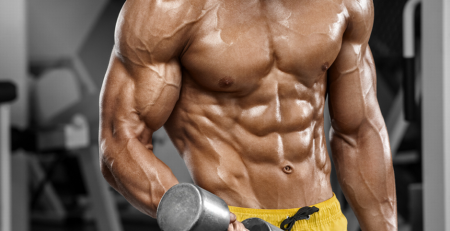
Leave a Reply